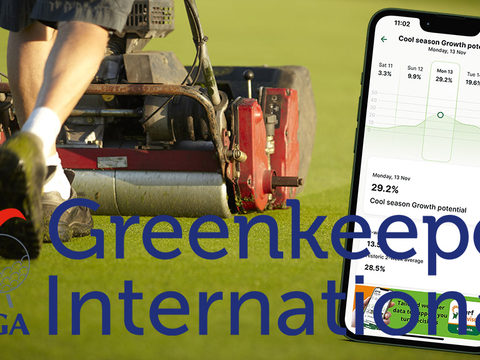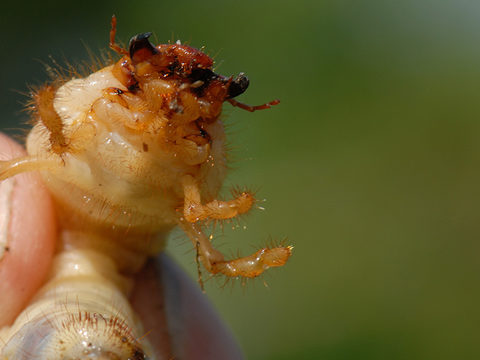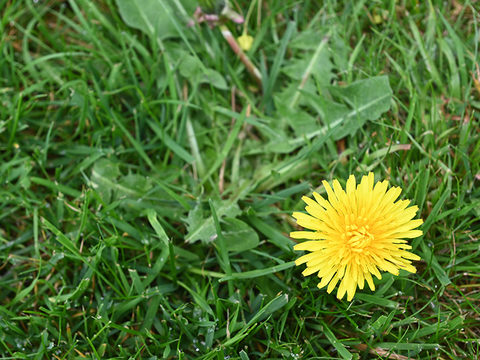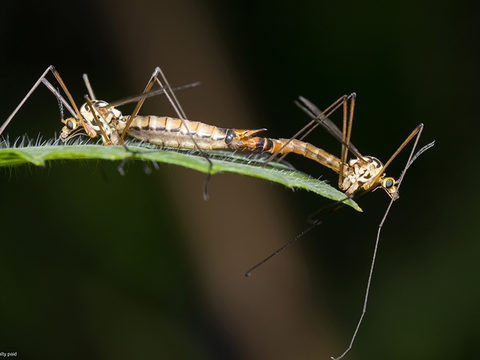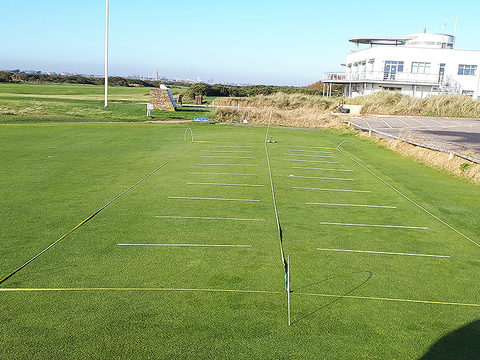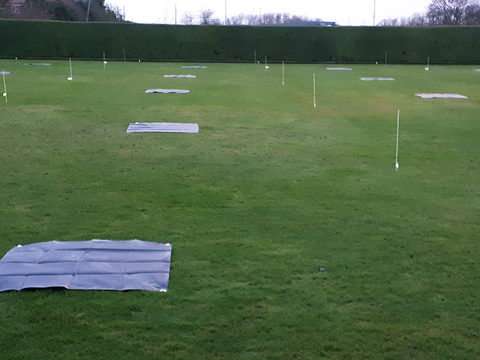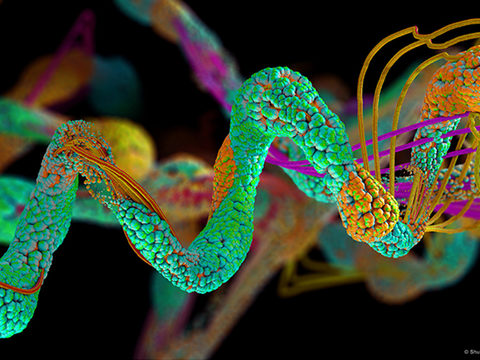PGR programmes to manage grass growth and costs

This season there are added incentives to get turf ‘in-regulation’ with a PGR programme, and more effectively manage the grass growth curve. making better use of fuel, fertiliser, machinery lifespan and labour will all help the budget go further.
Tools to make Primo Maxx II work most effectively for you:
Find the optimum interval for Primo Maxx II timing on your course
Primo Maxx II cost saving calculator
Work out the cost savings from a Primo Maxx II programme on your fairways
Primo Maxx II label & product information
Quick access to the rates, resommendations and legal requirements
All the weather information and forecasts you need for turf growth and application
All the info you need, always to hand on your phone
Everything you wanted to know about Primo Maxx II - and a whole lot more
For many courses labour availability is now a major challenge. Any measures that free-up time spent on a mower is valuable, reports Syngenta Technical Manager, Sean Loakes (below).

Reducing clippings with a Primo Maxx II programme by an average 25% across the season - and up to 40% during peak growth - will speed up greens mowing and potentially extend intervals between fairway cuts, as well as much less time spent trimming bunker faces and time-consuming areas.
The reduction in mower time also brings associated savings in machinery fuel and wear and tear. With rocketing prices of fuel, along with metal spare parts and replacement costs of machinery, it’s an increasing element of integrating agronomy inputs with managing the overall budget.
Fertiliser costs have risen dramatically, and there is no sign of that abating. Nutrition programmes remain absolutely essential for plant health and quality, however it is possible to make more efficient use of the inputs applied.
Trials have shown that turf in a Primo Maxx II programme can be 13% more efficient at utilising nitrogen (N) inputs. That occurs in two ways. Firstly, promoting rapid development of a stronger root mass in the spring, and that is more effectively retained over summer, ensures plants can better take up and use more of the water-soluble nutrients - and has an additional benefit for soil moisture management too.
Secondly, using the PGR programme to reduce clipping yield cuts the nutrients being removed and requiring replacement. The nutrient content of fresh grass clipping typically equates to around 14 kg of N per tonne removed, along with nine kg of potash (Table 1).

Research in the US, on bent grass greens, showed that in normal conditions the Primo Maxx II programme could allow a 25% reduction of N application without affecting turf quality. In that work the rate was reduced from 15 kg/ha to 11 kg applied every two weeks. Assessment of the residual N showed no change, indicating the input-output N balance was sustainable.
Using techniques to manage the PGR programme to deliver more consistent growth patterns throughout the season does require a matched controlled release nutrient programme.
That can avoid flushes of nutrient that might upset the regulation pattern. Regular feeding with appropriate liquid fertiliser applications, in conjunction with the PGR treatment, has been shown to give optimum results.
An effective way to manage PGR application intervals for consistent growth is to measure clipping yield and compare it to an untreated area. When the two begin to match each over time, then it’s an indication the regulation is waning and time to make another application.
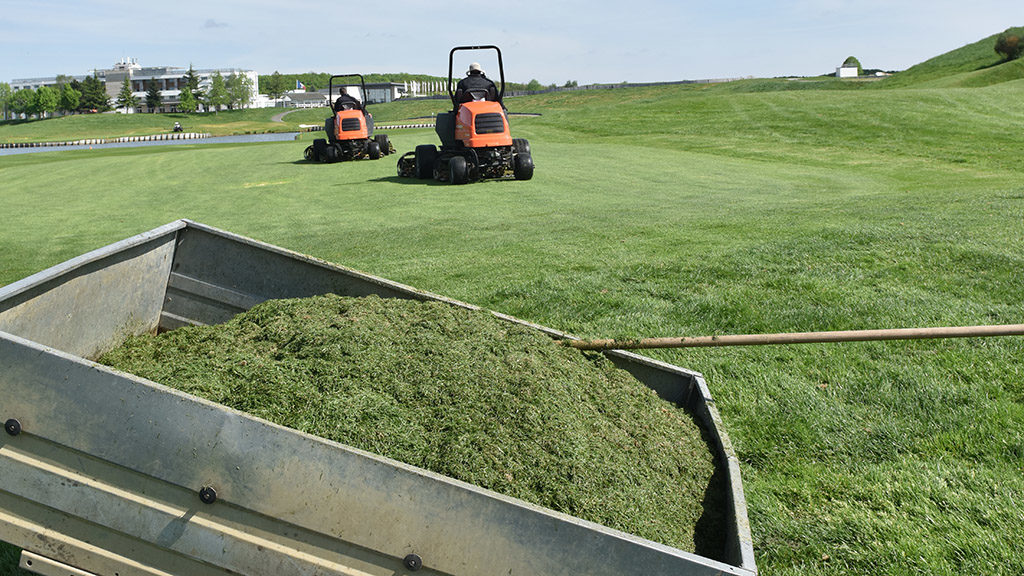
The theory is great, however there are some practical limitations. Collecting accurate records of clipping yield is challenging in smaller teams. And when the application is due, it could be at a time when weather, competitions or other factors prevent an application, and the interval stretches.
PGR application intervals could also be influenced by perceived growth surges, which are easily influenced by physical factors, such as warm rain after a dry period, for example.
The use of a PGR programme does not stop these climatically driven growth surges occurring, but the action of supressing the turf plants’ gibberellic acid growth hormone in the leaf does help to mitigate the natural response and reduce the spikes in growth.
It’s important to appreciate that the PGR effect doesn’t just switch off and stop after a pre-defined period; it’s a gradual decline from the day that it’s applied, with the application interval assessed as to when it can be optimally topped up.

A more effective programme builds up layers of PGR activity that overlap between applications, to achieve more consistent results and greater resilience between timings.
The primary factor that affects the rate of PGR decline in the plant is temperature. The warmer the conditions, the quicker the product is broken down and the more frequently applications need to be made.
That has been the main driver for using Growing Degree Days (GDD) as an indication of how frequently PGRs should be applied to keep turf in optimum regulation. For most situations, on greens, from the time of a Primo Maxx II application when the GDD reaches 200 is a good guide for the need to reapply.
A review of GDD records shows that, in then summer, the figure is reached pretty consistently on a fortnightly basis, anywhere in the country . For a simple approach, applications made every two weeks, as already used by most people, are going to give reliable results.
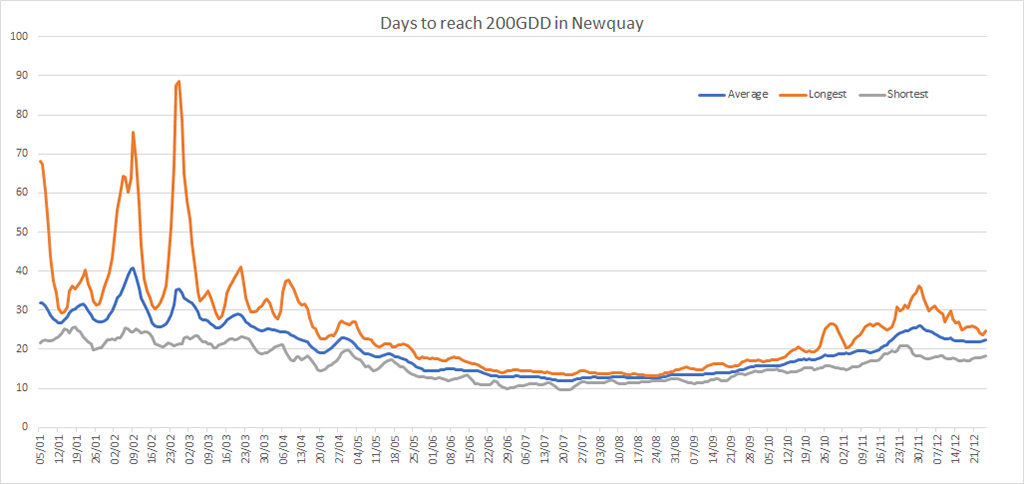
The challenge is earlier in the season and going into the autumn, when the intervals to reach the selected GDD can be dramatically more variable. The figures for Cornwall (above) and Scotland (below) used in the example, show year-on-year it could be anywhere between 21 to over 70 days at the onset of PGR programmes in early spring in Newquay, and similar variability over a month later in Inverness. That highlights why, and how, programmes need to be tailored effectively at these more difficult timings to increase consistency.
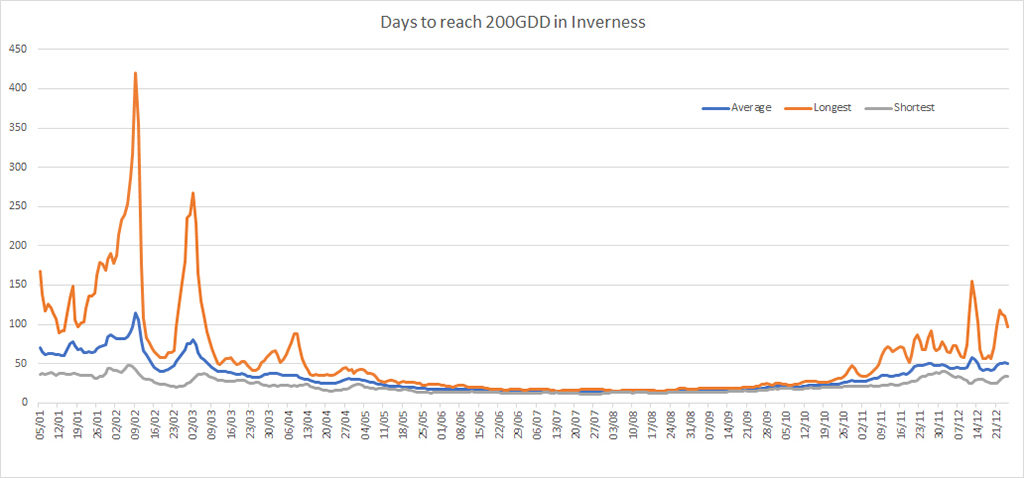
That doesn’t mean that if you’ve made an application and it turns cool that the treatment is wasted; the effects will just last longer.
You also need to be aware that if it turns warm you may need to reapply sooner. The free GDD Calculator available on the SyngentaTurf website is a simple to use guide to keep a track of GDD and guide input timings.
It is worth noting that studies in the UK have indicated that using a base of 0⁰C does give more reliable results for GDD intervals over the whole season, compared to the 6⁰C or 10⁰C used by some countries or models. The key is to evaluate, or effectively calibrate, any given GDD interval on actual turf growth for a specific location, and tailor its use accordingly.
It’s important to remember that, like all decision support tools, the GDD calculator is only a guide. There are a whole host of other climatic and environmental factors that will influence grass growth through the season.



